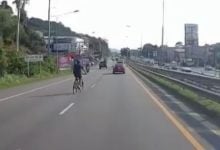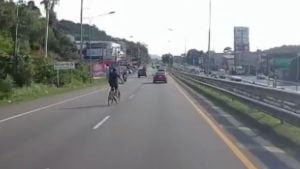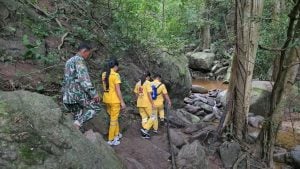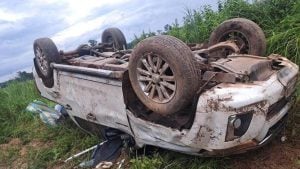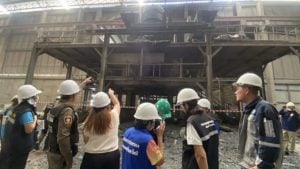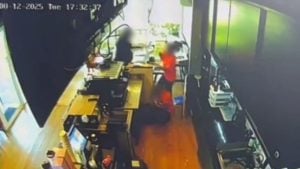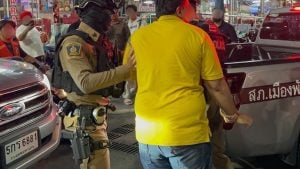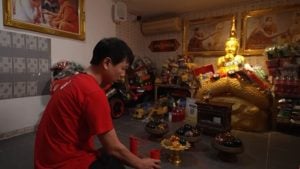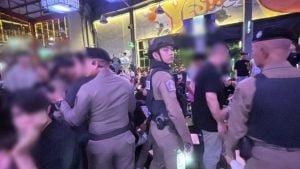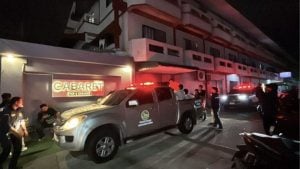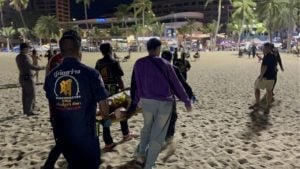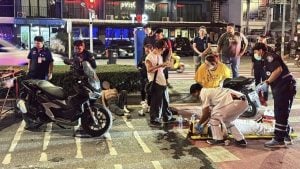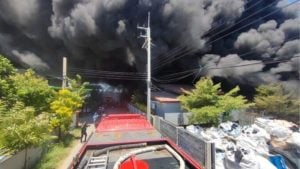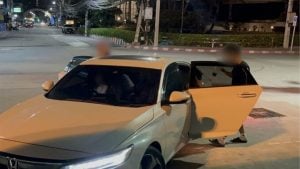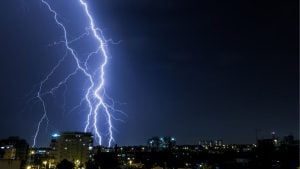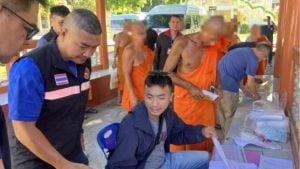The end of the annual crop-burning season – Chiang Mai gets some fresh air
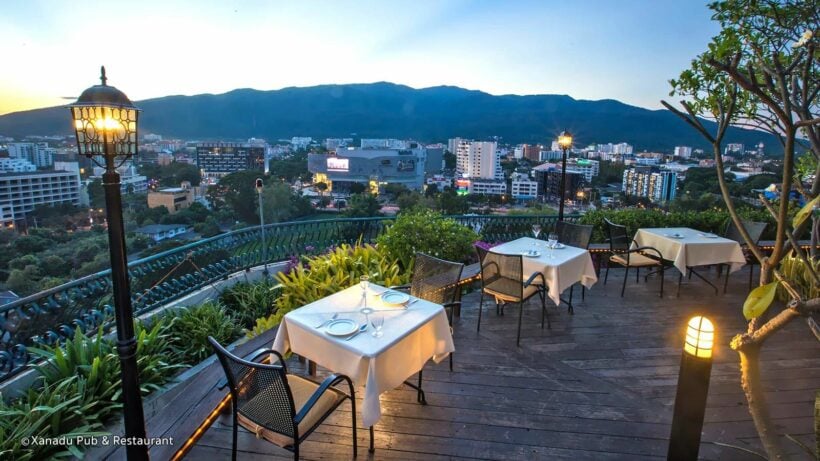
As the annual crop season in north Thailand comes to an end the only good side-effect of the whole Covid-19 outbreak is a drop in the number of fires and plantation burning activity in the past few months.
As a result, Chiang Mai’s Air Quality has experienced significant improvements, according to aqicn.org.
The website data shows that Chiang Mai air quality index reported PM2.5 levels of less than 100 particles per cubic metre for more than two weeks. 50 AQI is the general safety standard in Thailand (and 25 for the World Health Organisation upper limit of safe air quality. On some days in the middle of the highest readings the AQI reached about 500!
The AQI is a standard that indicates the level of air pollution.
• Level 0-50 means good air quality
• 51-100 means moderate quality
• 101-105 will affect sensitive groups
• 151-200 is slightly harmful to health
• 201-300 is highly harmful
• 301-500 means extremely dangerous
For several days in the past two weeks, Chiang Mai’s air quality index has seen a decrease of more 50%, compared to the AQI levels at the same time in 2019. For two days in a row the northern city scored dubious distinction of having the world’s worst air quality.
April 30
2019 – Air Quality Index of 152 | 2020 – Air Quality Index of 57
May 4
2019 – Air Quality Index of 158 | 2020 – Air Quality Index of 56
May 12
2019 – Air Quality Index of 129 | 2020 – Air Quality Index of 69
Smog, smoke and haze have been a widespread public health problem in North & Central Thailand for over a decade. It typically occurs from January to April, but peaks in March as very dry conditions intensify the forest fires. It’s exacerbated by farmers who burn plantation waste to clear land for the next harvest season.
SOURCE: Samui Times
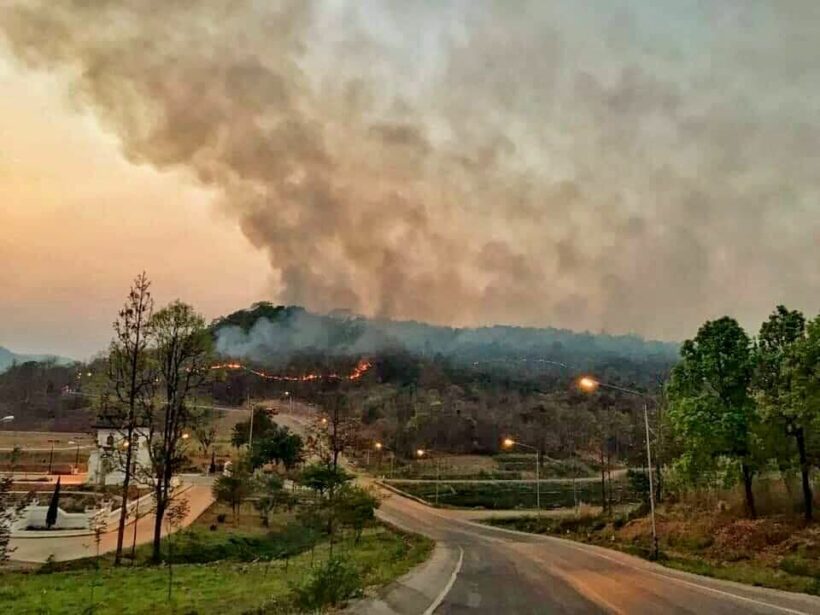
Latest Thailand News
Follow The Thaiger on Google News:
